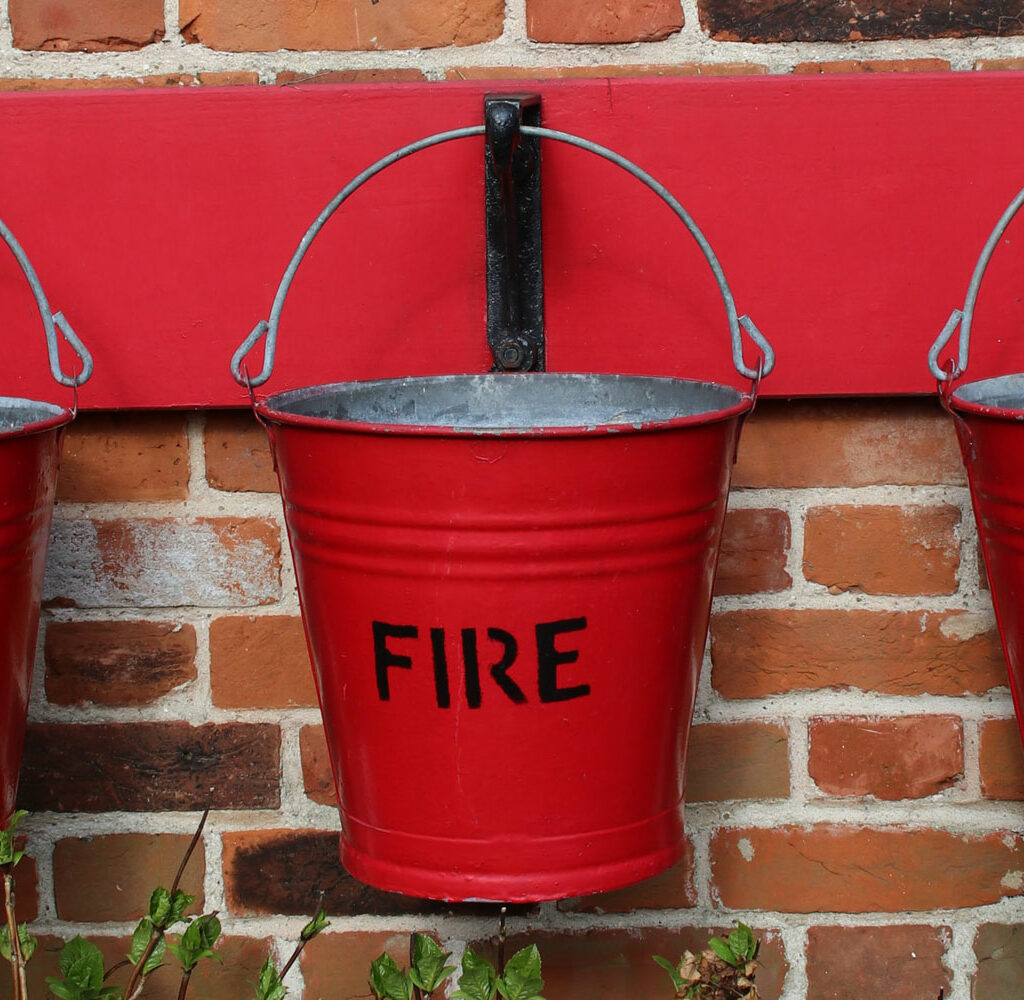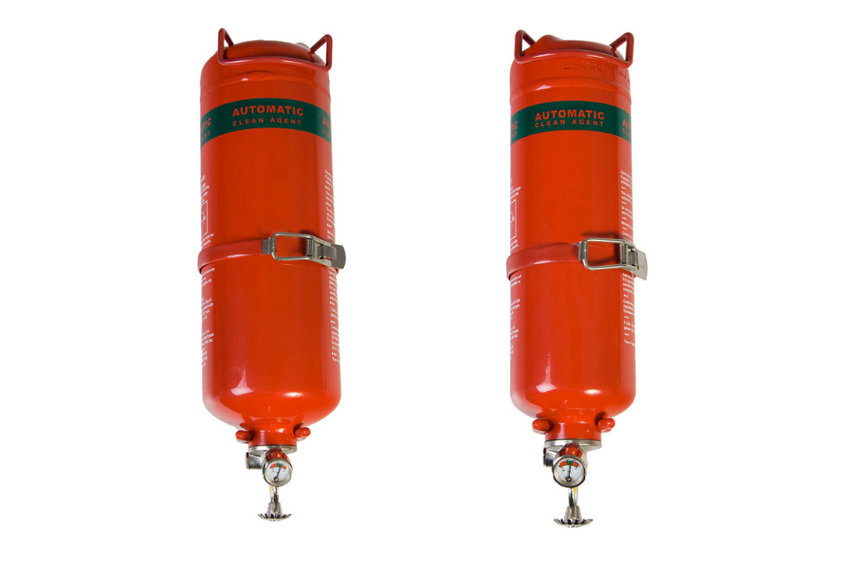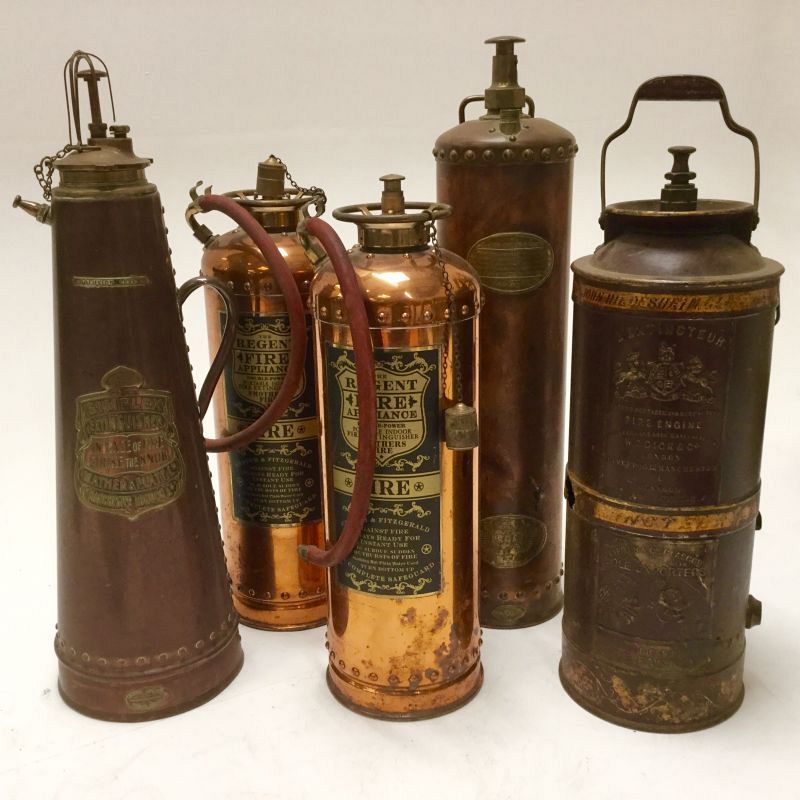Introduction
This is a guide into all the different classes of fire that our extinguishers aim to combat. This guide is designed to help you make the correct decision with fire safety. When it comes to choosing the correct type of fire extinguishers for your specific needs, we are here to help.
This guide of the classes will show what the differences between the classes are and what makes each class of fire unique. We will also tell you what extinguishers are able to combat each class of fire.
Class A Fires
Class B Fires
Class C Fires
Class D Fires
Electrical Fires
Class F Fires
Class A Fires
Class A fires are generally caused by a naked flame or items of high temperatures coming into contact with combustible materials. Class A fires are fires involving solids such as paper or cardboard, any carbonaceous item fires are defined as Class A fires. This is the most common type of fire as these items are the most combustible and are the most common type of fuel.
Almost all premises are at risk of Class A fires due to the common use of such materials. There are many types of fire extinguisher that can be used on Class A fires. These are: Water, Foam, MultiCHEM, Powder, Wet Chemical and Water Mist.
Class B Fires
Class B fires are fires involving flammable liquids, these can be any of the likes of: Cleaning fluids, Solvents, Fuels, Inks, Adhesives and Paints. Class B fires only make up for 2% of all fires but make up a massive 21% of all fire deaths. This Class of fires are extremely dangerous, this is why many different types of extinguisher aim to tackle them to try to protect the users. The main key to staying safe from Class B fires is prevention, this is why up to date COSHH assessments are key. For the initial stages of Class B fires, a fire bucket could be used, link to our blog post on fire buckets here.
Many settings may have a risk of a potential Class B fire. This is why most locations must have a fire extinguisher that is fit to fight such a fire. Fire extinguishers suitable for Class B fires are: MultiCHEM, Foam, Powder and CO2.
Class C Fires
Class C fires are fires involving flammable gases. This could be natural gas, LPG or any other gases forming a flammable or explosive atmosphere. Class C fires can be tackled with fire extinguishers. Although, the best method of stopping these types of fires is shutting off the supply of the gas.
Manufacturing and industrial warehouses, chemical plants or anywhere that stores large quantities of flammable gases are at particular risk of Class C fires. Class C fires must be tackled using a Powder fire extinguisher.
Class D Fires
Class D fires are niche so therefore are not covered by the conventional types of fire extinguishers. Class D fires are fires involving combustible metals such as potassium, lithium and magnesium. This type of fire is uncommon but is more prevalent in laboratories, warehouses and metal fabricators.
Only specialised fire extinguishers are suitable for use on Class D fires. These are: L2 and M28 fire extinguishers.
Electrical Fires
Electrical fires aren’t their own class of fire because they are seen as more a form of ignition than a fuel. Electrical fires are a risk to all premises that use electricity. They occur when live electrical equipment is involved in a fire. They must not be tackled by a liquid-based fire extinguisher. This is because water is a conductor and will spread the current across a greater area if used. This could potentially endangering the user of the fire extinguisher.
As a result, only Powder (for electrical currents under 1000v) and CO2 fire extinguishers are suitable here, as they do not rely on a liquid agent.
Class F Fires
Class F fires are fires involving deep fat frying and spillages of flammable oils near heat sources. This type of fire poses the highest risk to restaurants and kitchens. These types of fires can be made significantly worse by using a liquid-based agent to extinguish it.
As a result, specialised MultiCHEM, Water Mist and Wet Chemical fire extinguishers are essential. These extinguishers are used in settings that use cooking fats or oils.



 Cart is empty
Cart is empty 




























